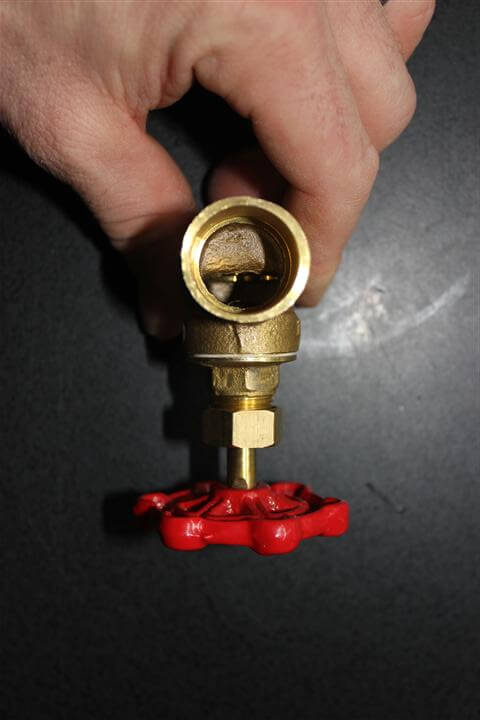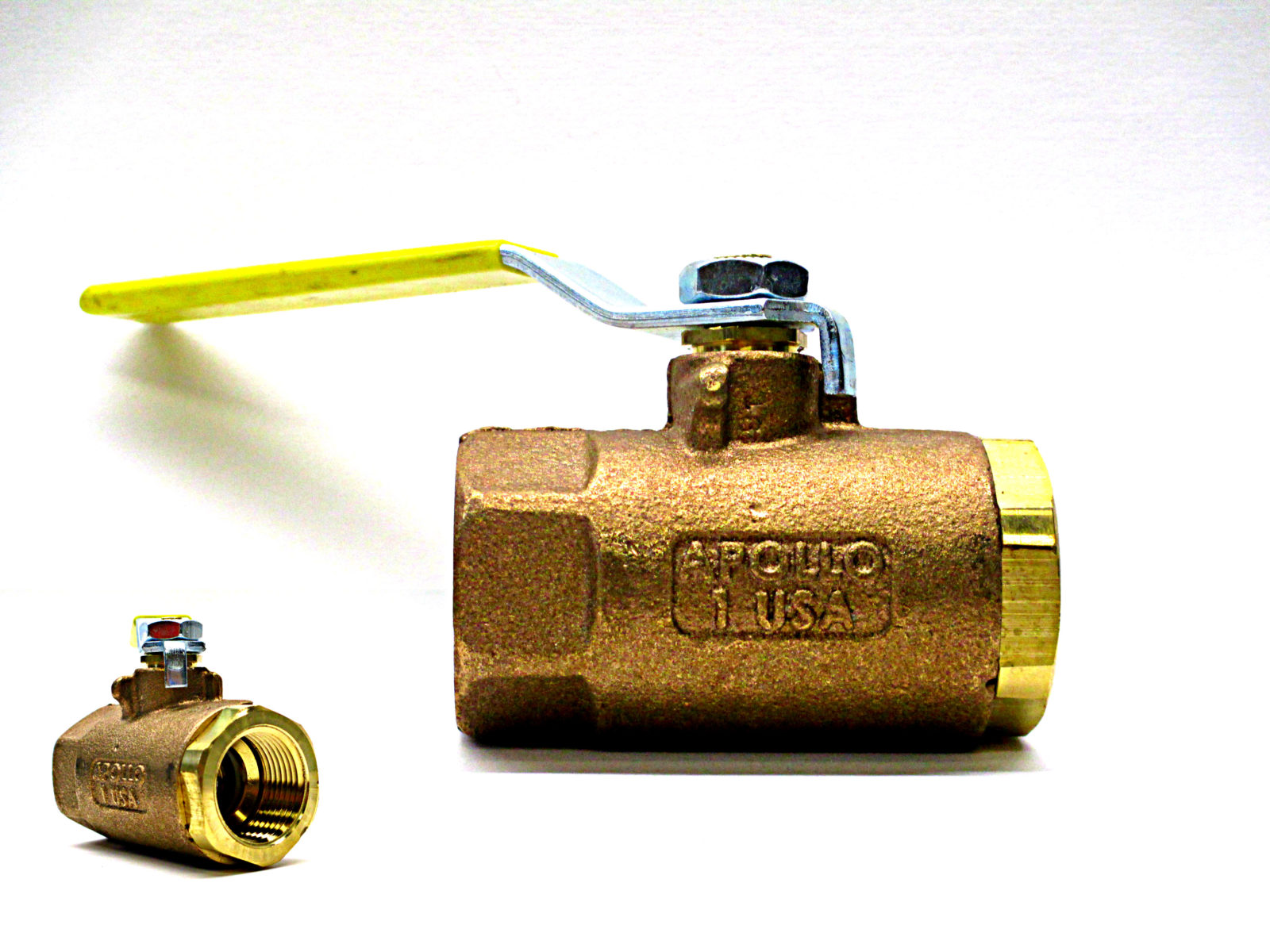The content listed below involving 3 Shower and Storm-Proof Steps For Your Home is particularly fascinating. Don't miss out on it.

In an emergency, you can reduce the water circulation making use of the shutoffs. The cutting of the water circulation avoids extensive water damages from occurring.
Why Must I Fret about This?
In daily life, you do not need to stress over water flow. Nevertheless, if you have water problems, it's good to know where the water vales are. On top of that, professionals will certainly request for this place if you call them for fixings. The professional servicemen will certainly shut off these shutoffs in the event of fixings in regional lines. For instance, your washroom sink is malfunctioning. You can turn off the water flow when you situated the water shutoff underneath the sink. You can reduce the added water coming out. For significant leaks, you must shut the mainline shut-off valve. It is additionally great practice to transform this valve off if you will certainly be away temporarily.
Comprehending how to do shut off water shutoffs is crucial in an emergency. The longer you wait to shut the shut-off valve, the extra considerable the damage will certainly occur plus the expenses.
What Does the Shut-Off Valve Resemble?
The shut-off valve looks like a knob that allows you to shut off the water for a details home appliance, a localized area (as an example, the whole 2nd flooring), or for the entire home. Recognizing where these valves are important especially in case of water damage or water emergency issues. You can have control over an unforeseen occasion utilizing your understanding of the shut-off shutoffs' location.
This action will aid you avoid significant water damages that will certainly cost thousands to fix.
Where are These Valves Located?
If you do not understand where the shutoffs are situated, your ideal wager is to call a water remediation solutions company for support. The valves are usually situated in the following areas:
If you got a house examination record from the previous owner, it should be suggested in those documents. Typically, home builders mount the valves near or within the ground-floor or major washrooms.
When to Call an Expert?
Always take into consideration top to close off the major water line and reducing the resource of water in your whole home if there is a major water occurrence in your residence. Call your plumber to check the problem, ask for their advice, as well as shut off the valve in that location just so you can utilize the rest of the plumbing in various other areas of your residence.
Your residence can be swamped by natural water from storms or rains but your internal water can create the same damage from your plumbing. In the event of a plumbing emergency, shut down these shutoffs to protect against issues that call a credible water damage remediation service provider.
The cutting of the water flow protects against extensive water damage from taking place.
If you have water problems, it's excellent to recognize where the water vales are. You can close off the water circulation when you situated the water valve beneath the sink. Understanding where these valves are crucial specifically in the occasion of water damages or water emergency issues. Your home can be flooded by natural water from rainfalls or storms but your inner water can cause the very same damage from your plumbing.
How to Shut Off Water Valves
The Shutoff Valve to the Water Supply for an Individual Plumbing Fixture
To stop the flow of water to a specific appliance such as a sink, check the pipes for the nearest valve; it will likely be made of chrome and located directly below the fixture. Many showers and sinks have two valves for hot and cold water respectively, so make sure to turn them both off. Appliances like dishwashers, How to Shut Off Water Valveswashing machines, and refrigerators sometimes have switches, rather than valves, on the hoses connecting them to the wall. Water heater valves are usually located on the pipes above.
When it comes to which way you should turn the valve, keep in mind the old saying “righty tighty, lefty loosey.” In other words, turning a valve clockwise, or to the right, will restrict the flow of water while turning it counterclockwise, or to the left, will allow water to flow. If you have trouble turning the valve, wear a work glove to get a better grip, or use a wrench. Once you turn all of the valves clockwise as far as they will go, the water supply should be successfully shut off.
Before you start making repairs, have a bucket nearby so that you can drain any water that was left over in the pipes. After you finish the job, turn the valves counterclockwise as far as they will go to restore the water flow.
The Shutoff Valve for the Main Water Supply to Your Home
The first step is locating your main shutoff valve. You probably have a brass valve with a round handle near the area where water enters your home. It could be located in your kitchen, a utility closet, a downstairs bathroom, or even on an outside wall. Turning the valve clockwise as far as it can go should shut off all of the water fixtures in your home; however, you’ll need to turn on all faucets to empty any water left remaining in the pipes. Let your sinks and showers run until all water flow ceases, and then turn all faucets to the off position. After finishing your repairs or installations, turn the main valve back counterclockwise.
The Shutoff Valve for the Water Supply to Your Entire Property
Before you do anything, call your water company and ask for permission to access your street shutoff valve. If your home’s main water valve fails or needs replacing, you must turn off the water supply to your whole property before attempting repairs. You’d also need to do this before trying to fix a leak in the pipes connecting your home to the street valve. The shutoff valve for the property is usually located in the same metal box that contains the water meter. Remove the box cover and look for a handle; you might need a long wrench to reach it.
Different cities have different types of street valves. Ball valves have long, thin handles while gate valves have more rounded handles. A ball valve handle will usually be aligned with the pipe while open; turn it 90 degrees to the right to turn it off. Gate valve handles should be turned clockwise as far as possible to stop the water flow.

I stumbled upon that review on 3 Efficient Tips to Guard Your Home from Showers and Storms when doing a search on the search engines. Please take the opportunity to promote this blog if you enjoyed it. I value reading our article about 3 Waterproofing Tips For Your Home during the Shower/Storm Season.
Free Estimates